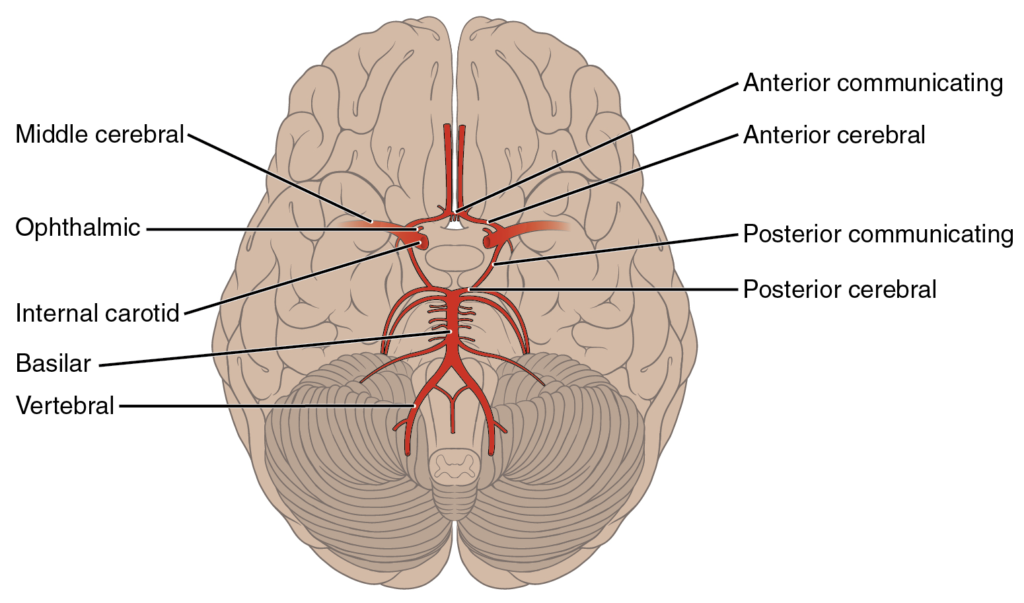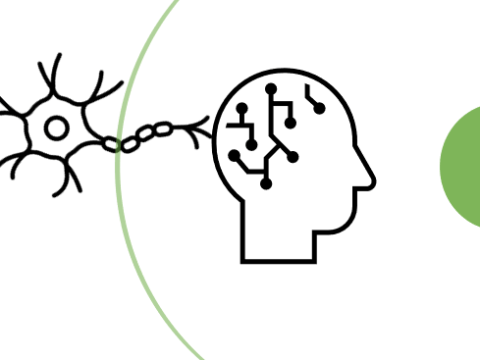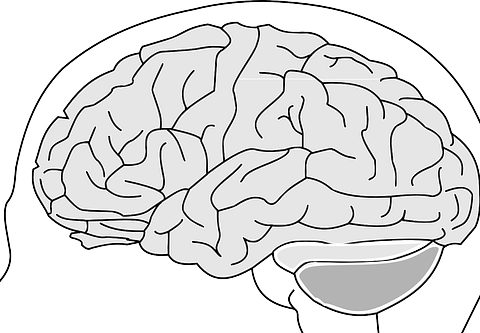
Two blood supply routes nourish our brain: Carotid arteries and vertebral arteries.
Carotid arteries
We can find the Carotid arteries on either side of the neck: Right and left. Figure 1 depicts only the right side set of arteries.
As we can see, the right carotid artery divides into two smaller branches: Internal and external. The same happens on this illustration’s left side (A and B).
The outer external branch transports oxygen and food to the face and all over the skull; the inner branch transports into the brain surface and inside structures.
Narrowing the route
Inset C depicts the narrowing of the route.
The common carotid artery divides into two at a crucial juncture. This place often forms plaques, parts of which travel with blood flow into the brain resulting in a stroke (Figure 1).

Figure 1: Brain blood supply via carotid arteries
(Image: Wikimedia Commons, public domain)
The plaques narrow the vessel wall. Doctors can detect these narrows. They can hear “bruit” sounds with the stethoscope. The surgeons can clear these partial blocks (Figure 2).

Figure 2: How carotid artery passage gets blocked and how it is removed
(Image: Wikimedia Commons, public domain)
The plaque particles can travel higher through blood further inside and may cut off blood supply to a smaller brain area. This type of stroke, the most common type, is called an ischemic stroke.
Blood supply to the brain base
Figure 3 (below) illustrates the blood supply on the skull base.

Figure 3: Blood supply routes on the base of the brain:
Source: openstax.org, RICE University under the CC BY 4.0 license
Different arteries to different brain regions
Different branches carry oxygen and nutrients to various places on the brain’s surface. This is crucial. Figure 4 depicts these regions; the anterior cerebral artery carries supplies to the frontal lobe, the middle cerebral artery to the temporal lobe, and the posterior cerebral artery to the occipital lobe.
Knowing these supply areas helps us to understand what brain functions one loses with the stroke. For example, if the stroke occurs inside the middle cerebral branch, the affected loses the temporal lobe functions.

Figure 4: Brain’s main blood supply areas according to its supply routes
Source: Frank Gaillard. Patrick J. Lynch, medical illustrator (Brain_stem_normal_human.svg) CC BY-SA 3.0


